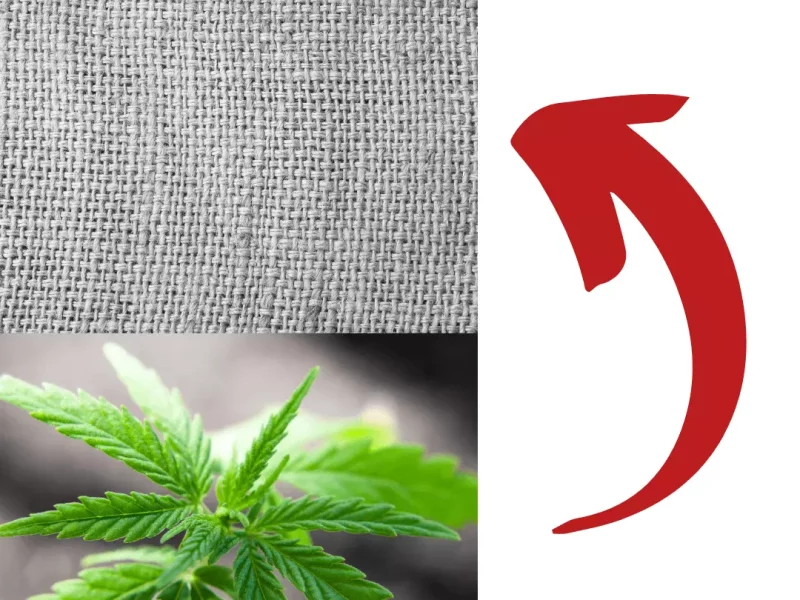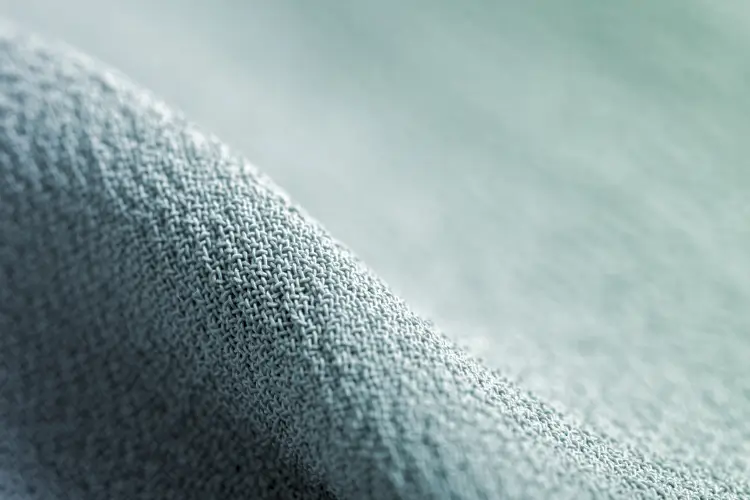Classification of Textile Testing and Quality Control
Textile Testing & Quality control (TTQC)
TTQC is an important factor in the textile and garments sector. Everybody want qualitative goods. Textile testing and quality control related to each other and this ensure production and supply of good quality.

Textile testing
Textile testing means the test of textile materials. It refers to quality standard.
Quality control
Quality control means improving product standard. Quality control depends on customers demand. With different textile, process quality can be control.

Objectives of Textile testing
- Monitoring product quality.
- To know the product standard.
- To research & development product.
- Checking quality.
- To know performance at every stage.
- To know product specification
- To Qualify every product.
Types/ Classification of Textile Testing

Routine process testing: a Routine process for checking quality in the running of process or after a process.
Quality Record testing: Quality record testing to record test result for different purpose and activities in future.
Textile Testing & Quality control also classified as given below:
Two kinds of TTQC:
- Online process control
- Offline process control.
Online process control: In running a process or after a process, testing called online Textile testing & quality control.
Offline process control: Textile testing after finishing all production process called offline Textile testing & Quality control.
There two types of offline process control:
- Physical test: To determine physical properties and calibration.
- Chemical test: To know chemical properties using chemical
Testing of Fibre, Yarn, and Fabric: In the case testing of fibre, yarn and fabric generally following properties are made to check
For Fibre
- Identification of fibres
- Grading
- Color of fibres
- Fibre length
- Fibre strength and elongation
- Fibre fineness
- Fibre Maturity
- Trash
- Naps
- Short fibre index(SFI)
- Short fibre content(SFC)
- Immature fibre content(IFC)
For Yarn
- Warp Yarn count
- Weft Yarn count
- Twist per unit length
- Single yarn strength
- Lee strength and elongation
- Appearance
- Evenness and regularity.
- Hairiness
For fabric
- Number of ends per inch
- Number of picks per inch
- Fabric strength and elongation
- Width
- Thickness
- Weight
- Design and construction of cloth
- Shrinkage
- Air permeability
- Crimp
- Stiffness, handle, drape
- Crease resistance and recovery
- Abrasion
- Thermal properties
- Water absorbency
- Pilling
- Color fastness



Thanks for your sharing. In my opinion, your post is comprehensive.